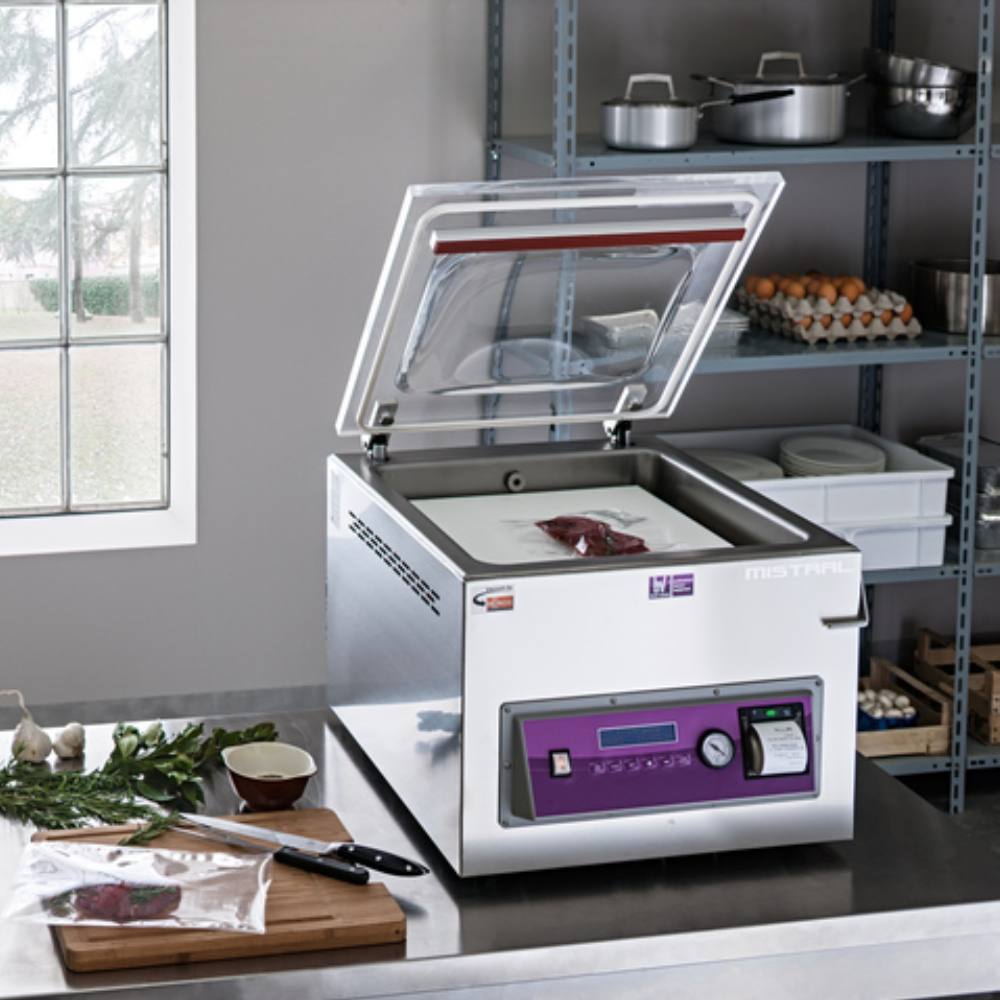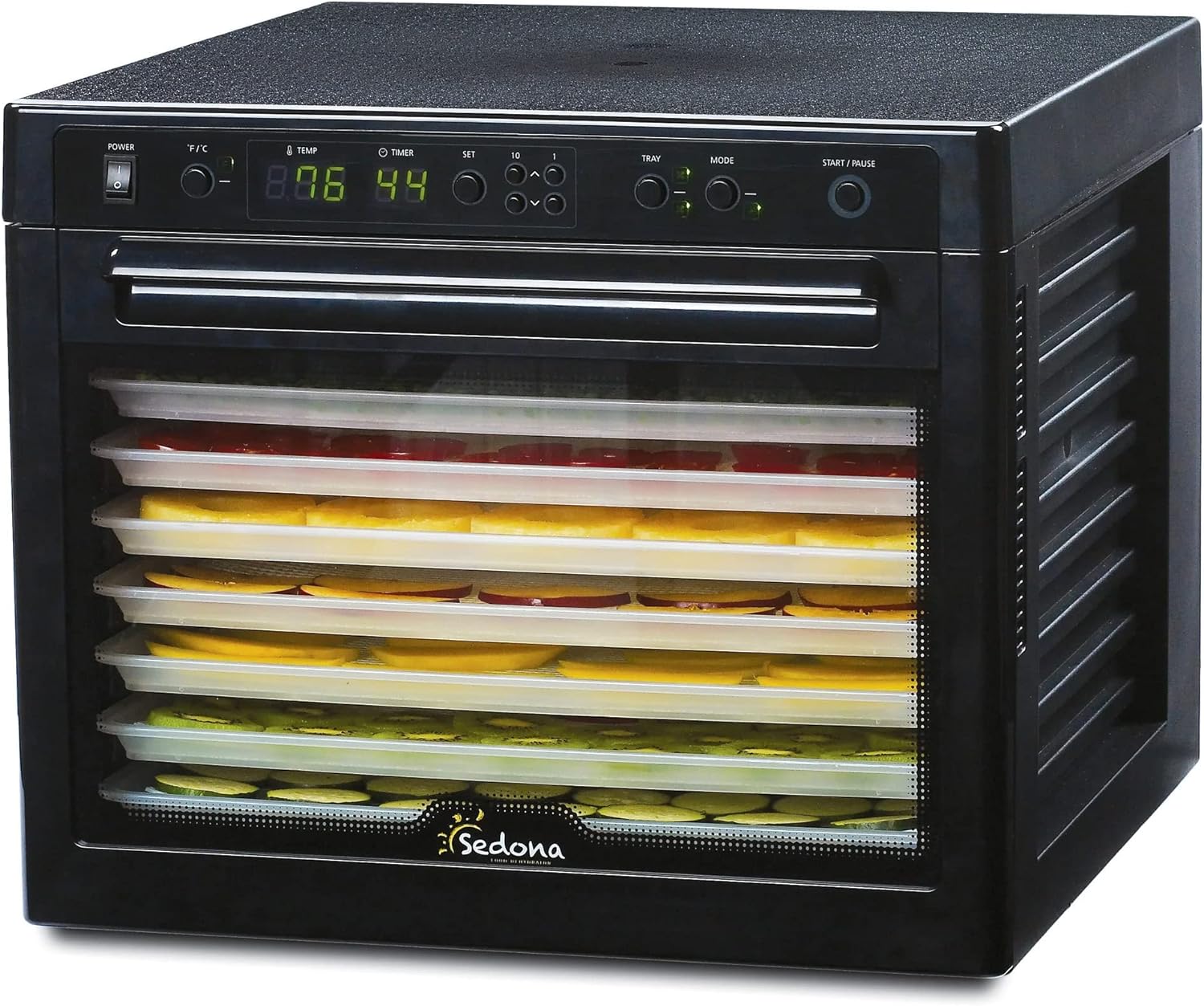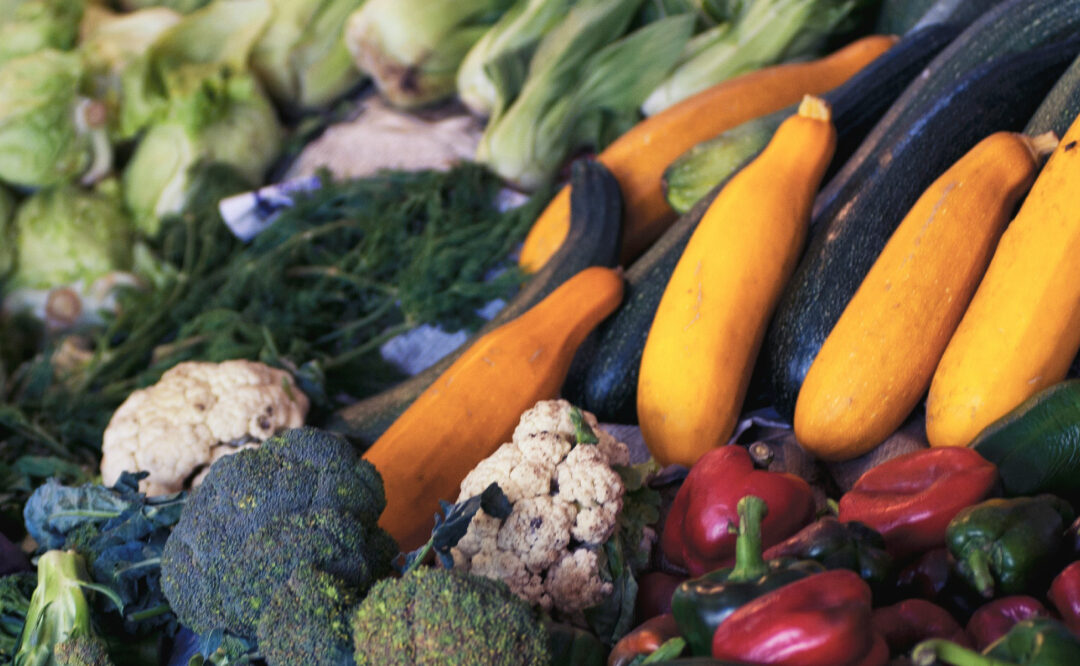Imagine positioning your establishment as a zero-waste haven, where every effort is made to minimize environmental impact. From innovative practices like reusing excess ingredients to the use of a smart labelling system, your restaurant can not only contribute to a greener planet but also attract a clientele eager to align their dining choices with eco-friendly values.
Suck It Up: How Food Vacuum Machines Keep
Waste at Bay, and Money in Your Pocket
Did you know that by using a food vacuum machine, you can extend the freshness of your food up to 8 times longer, reducing waste and saving money? When air is extracted from the packaging bags, bacteria can’t grow.
This innovative method allows you to efficiently portion and seal leftovers, bulk cooked foods, and raw ingredients into smaller pouches. Vacuum-packed foods are shielded against freezer burn and moisture loss too, ensuring the maintenance of quality over time. With the ability to safely preserve foods for weeks or even months, vacuum sealing facilitates better planning and utilization of ingredients.
There are two main types of vacuum sealers – chamber machines, such as those offered by Besser Vacuum, and external suction machines, available from brands like Besser Vacuum and Lacor The comprehensive table chamber machines offer advanced functions and more powerful suction capabilities. The more affordable external suction machines save space and are easier to operate. Regardless of which type you choose, the advantages of vacuum sealing remain consistent.
When using a chamber vacuum sealer, be sure to use smooth bags which can package both solid and liquid foods, while embossed bags are perfect for use with both types of machines.

Food Dehydrators: Making Leftovers Great Again
Excess fruits, vegetables, and herbs are inevitable in F&B establishments. Instead of thrashing them out, use a food dehydrator to transform surplus ingredients into nutritious snacks. Dehydrated fruits make delightful chewy treats, vegetables can become crispy chips, and herbs can be turned into seasoning blends. This not only minimizes food waste but also adds an innovative touch to your menu, offering patrons tasty and eco-friendly snack options. Consider the Excalibur 9-Tray Dehydrator with the classic analogue controls, or the Sedona Dehydrator which offers the option to utilize only half of the drying space and half the electricity for smaller batches. Both appliances excel at even drying.

Take a Bite, Take It Home: Takeaway Options for Happy Patrons
Ever cringed at the sight of uneaten food getting tossed? It happens a lot. Most diners don’t even think to ask for a takeaway container – maybe they assume it is not an option.
Here’s a thought: let’s shout about it on the menu! By letting patrons know they can take home their delicious extras, they would not think twice about ordering a bit extra. It is a win-win, reducing food waste and ensuring everyone enjoys a hearty meal without the waste remorse. Go for eco-friendly takeaway containers like those made of sugarcane from Solia,, which is a renewable resource, making these containers a sustainable choice over traditional plastic or foam.

FIFO Rotation and Smart Labelling: A Winning Combo Against Food Waste
FIFO (First In First Out) rotation is your friend in the fight against food waste. Making sure chefs use foods before they expire, prioritizing the oldest ones first when they are freshest, is crucial.
Sometimes, staff might resort to haphazard methods like using masking tape for labelling. While it may initially seem like an inexpensive solution, it can end up costing you more money and time in the long run. Unclear or inconsistent labelling can lead to spoiled food, and time is wasted tearing off tape and writing on each blank surface with no designated fields.
To tackle this, try Ecolab products for a more organised system. Use pre-printed, pre-cut labels based on your needs, whether it’s smaller labels with just a space for the date or larger ones for additional information. These labels are colour coded according to the day of the week, make it even simpler to identify what needs to be used first when grabbing food from the fridge. They can be easily peeled off without leaving residue behind. You can even use dissolvable labels that eliminate the need for peeling altogether. If you run a large operation with substantial quantities of prepared food to date code, then investing in a print label gun would save you considerable time and effort.

At the end of the day, making small yet impactful choices for sustainability can be a game-changer for your food and beverage business. Imagine the buzz when word gets out that your establishment is a trailblazer in reducing food waste. You are not just saving money – you are saving the planet, one meal at a time. And when you make sustainability a priority, you are bound to attract a loyal tribe of conscious consumers. So, embrace the green revolution and watch your business boom!

